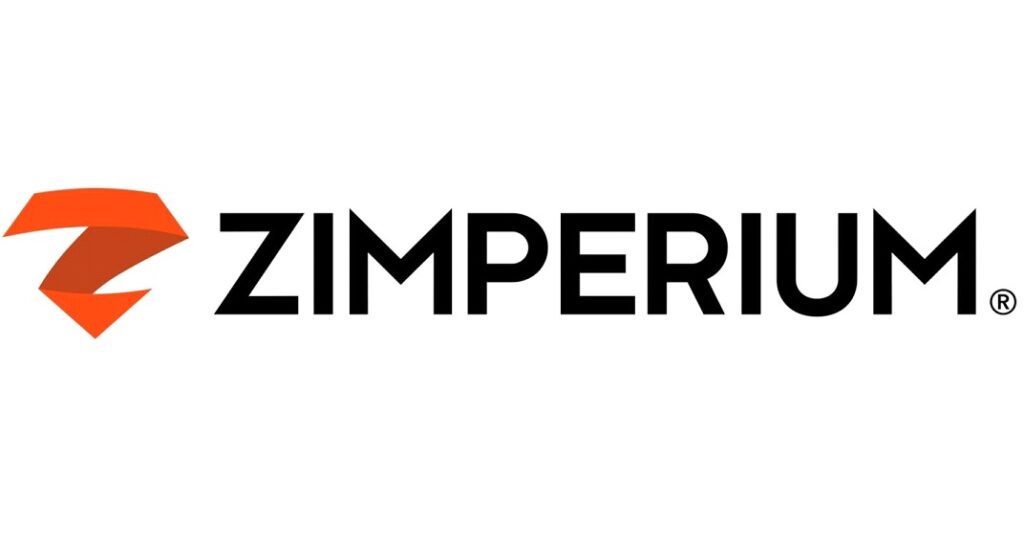AuthZ in Cloud Environments

Introduction: Authorization, often referred to as AuthZ, plays a critical role in managing access in today’s cloud environments. With businesses increasingly migrating their workloads to the cloud, traditional authorization models no longer suffice. Instead, organizations must adopt dynamic, fine-grained access controls to ensure that only the right users have access to the right resources at […]
Strengthening Zero-Trust Identity Threat Protection Through AI-Driven Mobile Security Solutions

Introduction: In the evolving landscape of cybersecurity, the rise of mobile device usage in the workplace presents unique challenges. With employees relying on mobile devices to access company resources, sensitive data, and cloud services, organizations must find ways to mitigate the growing threats to mobile security. One of the most effective strategies to protect against […]
Unraveling the Future: The Promise of Decentralized Identity

Introduction: In the dynamic landscape of digital innovation, few concepts carry as much transformative potential as decentralized identity. As we march into the heart of the 21st century, the paradigm of identity management is undergoing a profound shift, propelled by blockchain technology and a growing demand for privacy, security, and user control. Welcome to the […]
Embracing the Future of Authentication: Adopting Passkeys for Enhanced Security

Introduction: In the ever-evolving landscape of cybersecurity, traditional passwords are increasingly proving to be a weak link. The rise in cyber threats and data breaches has necessitated a more secure and user-friendly authentication method. Enter passkeys—a revolutionary step towards a safer digital future. At Trevonix, we are committed to guiding organizations through the adoption of […]
Office 365 integration with PingFederate

Introduction Office 365 is Microsoft’s cloud-based Office solution. Out of two variants of Office 365 that Microsoft offers (desktop option, where users have Office applications (e.g.: Word, etc) installed locally on desktops, but documents and files are stored in the cloud; and a web client, where both documents and applications are stored in the Cloud. […]